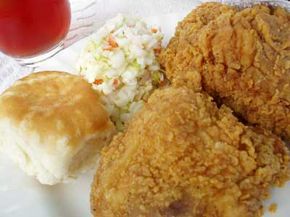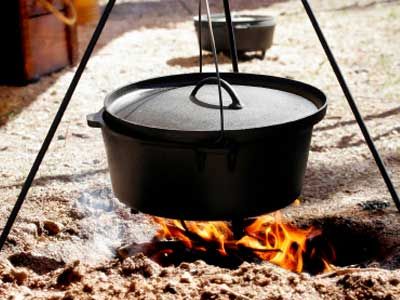Fried chicken. Barbeque. Biscuits and gravy. Collard greens. Black-eyed peas. Grits. Fried green tomatoes. Sweet tea. Peach cobbler. Pecan pie. How many of these southern dishes have tempted your taste buds? How many have you tried?
The food of the South has a distinctness all its own, with an identity usually reserved for the cuisine of France, China, Italy or Mexico. Essentially, the cuisine of the American South is as varied, as interesting and as diverse as its history.
Advertisement
Traditional Southern fare, which is sometimes referred to as country cooking, home cooking or soul food, has a reputation of being high in fat, calories and sugar. Typically, it relies heavily on fresh vegetables, corn or rice, pork, chicken, local game and fresh seafood [source:Brant].
Each region of the South has its own unique flavor, dictated by geographical history. There's Cajun, Creole, Carolina Low Country, Floribbean, Cuban-American and Tex-Mex. The region dictates the ingredients, cooking methods and seasonings. For example, the coastal city of Savannah, Georgia, relies on crabs, shrimp, flounder and grouper for restaurant offerings. The city even has its own cake, the Savannah Cream Cake, a variation on an English trifle that includes nutmeg, sherry and whipped cream [source: Ciampa].
If you don't think you have eaten some variation of Southern fare, think again. The South has given us orange juice, iced tea, Vidalia onions, chicory coffee, sweet potato pie, peanut brittle, pralines and bananas Foster. Chances are you've consumed something of Southern origin in your lifetime.
Dig in and read on to learn about the difference between soul food and Southern food.
Advertisement


